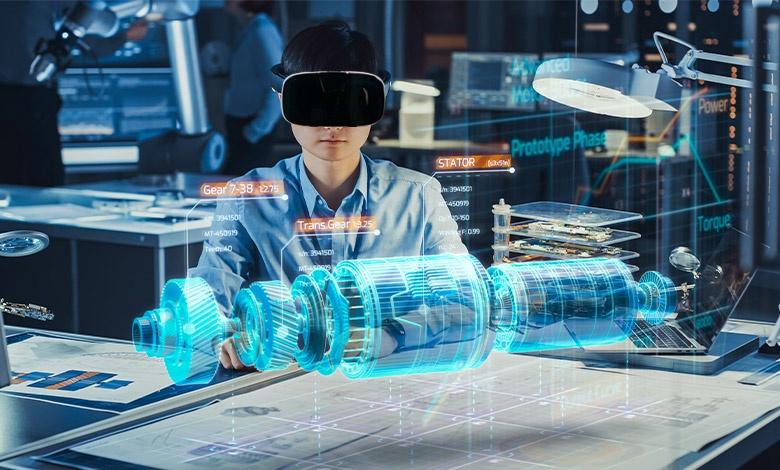-
أخر الأخبار
- استكشف
-
الصفحات
-
المجموعات
-
المدونات
-
المنتديات
A Deep Dive into the Global AR in Manufacturing Market

The global Augmented Reality In Manufacturing Market is a rapidly expanding and highly innovative sector of the broader industrial technology landscape. It is a dynamic ecosystem comprised of hardware manufacturers, software platform developers, system integrators, and the manufacturing companies who are deploying this technology to create a more connected and intelligent workforce. The market is focused on providing the end-to-end solutions needed to superimpose digital information onto the physical world of the factory floor. The proven ability of AR to improve productivity, reduce errors, and enhance safety has made it a top strategic priority for manufacturers pursuing digital transformation. This is clearly validated by the market's explosive growth projections, with its valuation estimated to reach USD 158.6 billion by 2035, growing at a remarkable CAGR of 19.66% from 2025 to 2035.
The market can be segmented by its core components: hardware and software. The hardware segment is a key battleground, dominated by the development of enterprise-grade smart glasses and headsets. These devices, from manufacturers like Microsoft (with its HoloLens), Vuzix, and RealWear, are ruggedized for industrial environments and are designed for hands-free operation. The software segment is equally critical and includes the authoring platforms used to create the AR content and work instructions, as well as the remote assistance platforms that enable real-time collaboration. A major trend is the rise of integrated platforms that provide both the software and deep integration with a company's existing manufacturing execution systems (MES) and product lifecycle management (PLM) systems.
The demand for AR in manufacturing is pervasive across a wide range of industry verticals. The automotive industry is a major and early adopter, using AR for complex assembly guidance on the production line, for quality control inspections, and for training technicians on new vehicle models. The aerospace and defense sector is another key user, where the complexity of assembling and maintaining aircraft makes AR-guided work instructions an incredibly powerful tool for ensuring accuracy and compliance. Other major industries driving demand include industrial machinery, electronics, and pharmaceuticals, all of whom face similar challenges of complex assembly, stringent quality control, and the need to effectively train a skilled workforce.
The competitive landscape is a mix of major technology corporations, established industrial software vendors, and a host of innovative startups. On the hardware side, Microsoft's HoloLens has established a strong position in the high-end, mixed-reality space. On the software side, companies like PTC (with its Vuforia platform), TeamViewer (with its Frontline platform), and a variety of specialized startups are leading the way in providing the application layer. The major industrial automation and PLM giants, like Siemens and Dassault Systèmes, are also integrating AR capabilities into their broader "digital twin" and smart factory platforms. This dynamic and evolving competitive environment is driving rapid innovation and making the technology more powerful and accessible for manufacturers of all sizes.
Explore Our Latest Trending Reports:
Sop Management Solution Market
- Art
- Causes
- Crafts
- Dance
- Drinks
- Film
- Fitness
- Food
- الألعاب
- Gardening
- Health
- الرئيسية
- Literature
- Music
- Networking
- أخرى
- Party
- Religion
- Shopping
- Sports
- Theater
- Wellness

